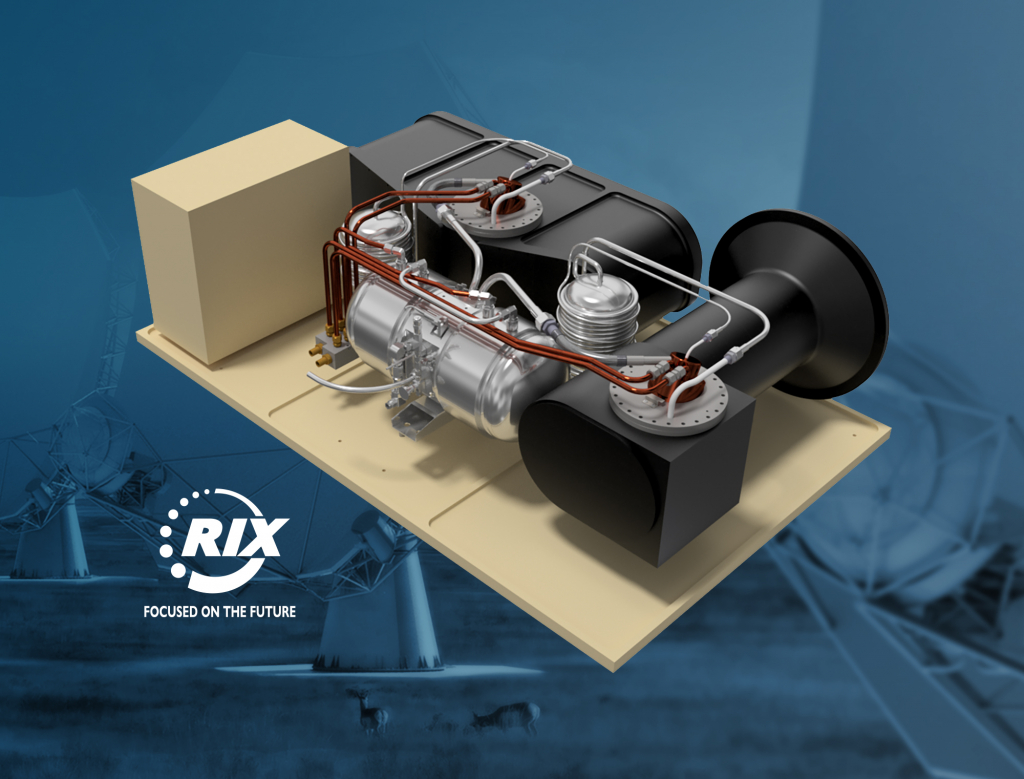The U.S. National Science Foundation National Radio Astronomy Observatory (NSF NRAO) is excited to announce a collaboration with RIX Industries to explore innovative cryogenic cooling solutions for the Next Generation Very Large Array (ngVLA).


May 29, 2025
The U.S. National Science Foundation National Radio Astronomy Observatory (NSF NRAO) is excited to announce a collaboration with RIX Industries to explore innovative cryogenic cooling solutions for the Next Generation Very Large Array (ngVLA).

May 14, 2025
The internationally recognized nonprofit organization Cenca Bridge has won $1.5 million, to be received over 5 years, from the Simons Foundation to support and expand their internships, mentorships and career development opportunities. The U.S. National Science Foundation National Radio Astronomy Observatory has provided administrative and leadership support in these efforts.

May 13, 2025
The new NSF VLBA New Digital Architecture (VNDA) produced its first fringes and subsequent images in January 2025, demonstrating the successful implementation of next-generation technology that will enhance the NSF VLBA’s scientific capabilities for years to come.

May 12, 2025
A landmark event for astronomy took place on April 25, 2025, as mtex antenna technology GmbH officially handed over the prototype antenna for the proposed Next Generation Very Large Array (ngVLA) to the U.S.